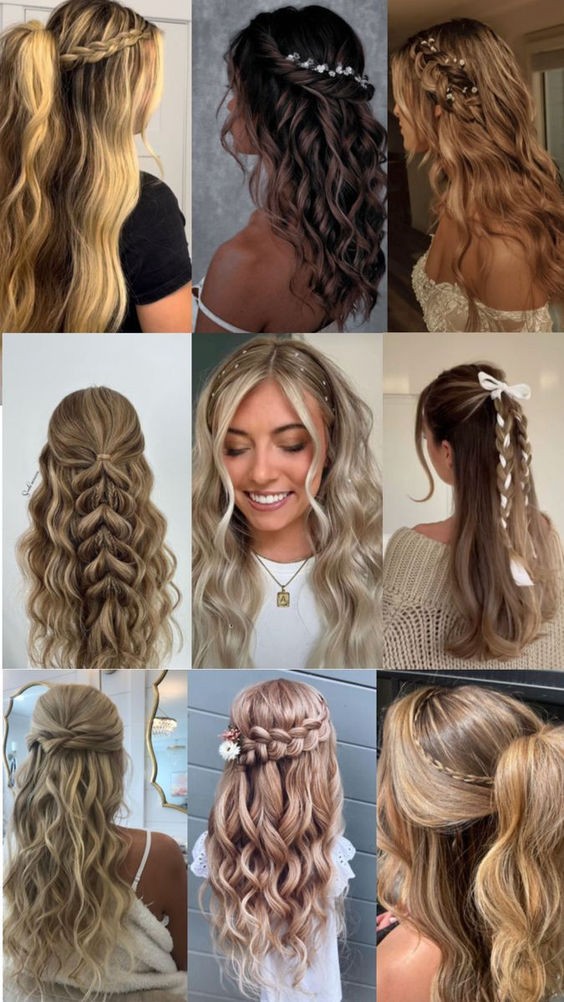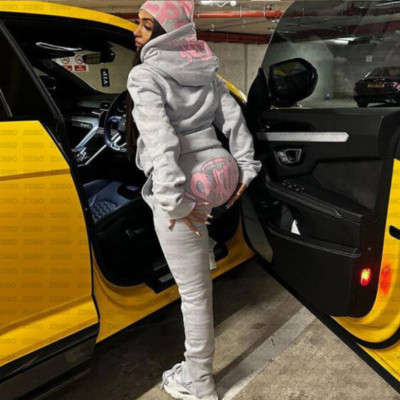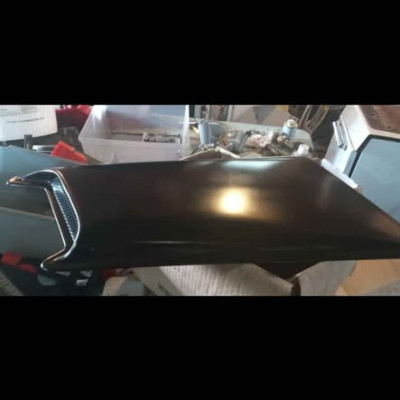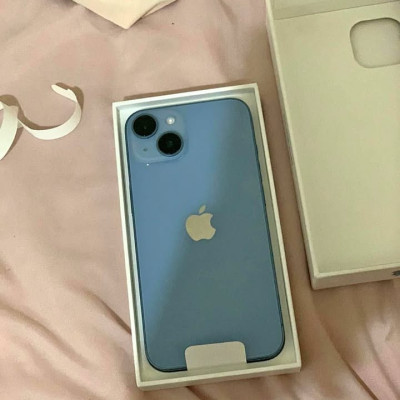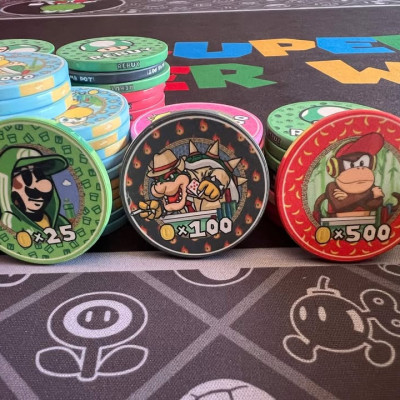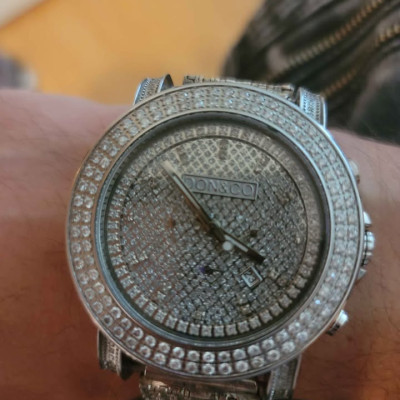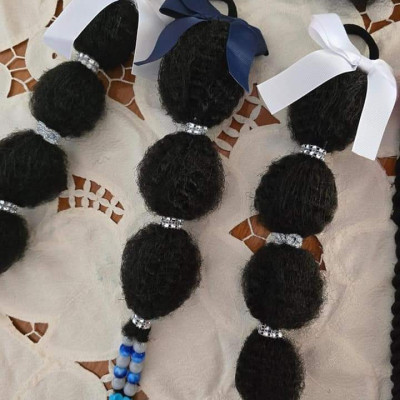Exploring the World of Hairstyles
Hairstyles have always been an essential part of human culture and self-expression. From the ancient times to the present day, hair has played a significant role in defining personal identity, cultural heritage, and fashion trends. In this article, we will explore the fascinating world of hairstyles, examining their historical significance, cultural variations, and the latest trends that continue to shape how we perceive beauty and individuality.
Historical Significance of Hairstyles
Hairstyles have been used throughout history to convey social status, religious beliefs, and cultural identity. In ancient Egypt, both men and women wore wigs made of human hair, wool, or palm fibers, symbolizing wealth and power. Similarly, in ancient Rome, elaborate hairstyles were a sign of social status, with noblewomen often employing slaves to create intricate hairdos.
During the Renaissance, hairstyles became more extravagant, with women using hairpieces and accessories to achieve towering styles adorned with jewels and feathers. In the 18th century, powdered wigs became popular among European aristocracy, reflecting the opulence and grandeur of the era.
Cultural Variations in Hairstyles
Hairstyles vary significantly across different cultures, often reflecting unique traditions and values. In many African cultures, hair braiding is a communal activity passed down through generations. Styles such as cornrows, Bantu knots, and dreadlocks carry deep cultural significance, symbolizing community, heritage, and spiritual beliefs.
In East Asian cultures, hairstyles have also played a vital role in social identity. The traditional Japanese hairstyle known as "Shimada" was worn by women of the samurai class, while the "Chonmage" topknot was commonly worn by samurai warriors. In India, hairstyles are often influenced by religious beliefs, with women frequently adorning their hair with flowers and jewelry for special occasions.
Modern Trends in Hairstyles
Today, hairstyles are a dynamic expression of individuality and creativity, constantly evolving with fashion trends and technological advancements. Here are some of the most popular modern hairstyles:
Bob Cut: The bob cut, a short hairstyle that became popular in the 1920s, has made a strong comeback in recent years. It is a versatile style that can be tailored to suit different face shapes and hair textures.
Pixie Cut: The pixie cut is a bold, short hairstyle that exudes confidence and style. It is low-maintenance and perfect for those who want a chic and edgy look.
Beach Waves: Effortlessly tousled beach waves are a popular choice for those seeking a relaxed and casual style. This hairstyle is achieved through curling irons, salt sprays, or braiding techniques.
Braids: Braids remain a timeless favorite, with numerous variations such as French braids, fishtail braids, and box braids. They offer versatility and can be worn casually or elegantly.
Natural Curls: Embracing natural curls has become a significant trend, with many people opting for styles that enhance and celebrate their natural hair texture.
Undercut: The undercut involves shaving the sides and back of the head while leaving the top longer. This edgy style can be customized with patterns and designs for a unique look.
Hair Coloring: Bold and vibrant hair colors, such as pastel shades and neon hues, have gained popularity, allowing individuals to express their personality and creativity through their hair.
The Impact of Hairstyles on Identity
Hairstyles are more than just a fashion statement; they can profoundly impact a person's self-esteem and identity. For many, hair is a form of self-expression that allows them to communicate their personality, beliefs, and cultural background. Changing one's hairstyle can signify a new chapter in life, a desire for change, or a means of asserting individuality.
In recent years, there has been a growing movement towards embracing natural hair textures and breaking away from traditional beauty standards. This shift has empowered individuals to celebrate their uniqueness and reject societal pressures to conform to specific ideals.
Conclusion
The world of hairstyles is rich with history, culture, and creativity. From ancient traditions to modern trends, hairstyles continue to be a powerful form of self-expression and identity. As we move forward, the diversity and innovation in hairstyling will undoubtedly continue to evolve, reflecting the ever-changing nature of fashion and individuality. Whether it's a classic bob, intricate braids, or vibrant hair color, hairstyles will always be a way for people to express who they are and how they see the world.
